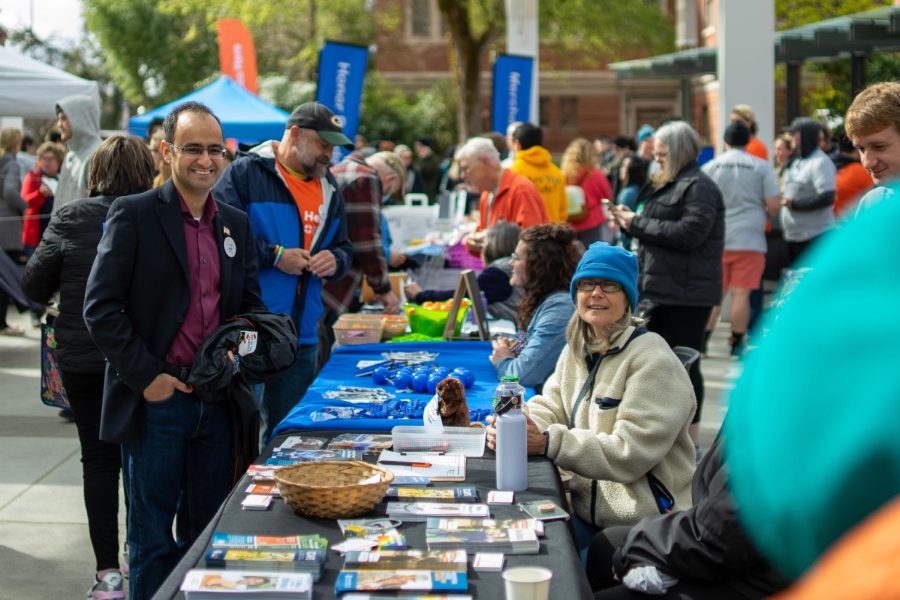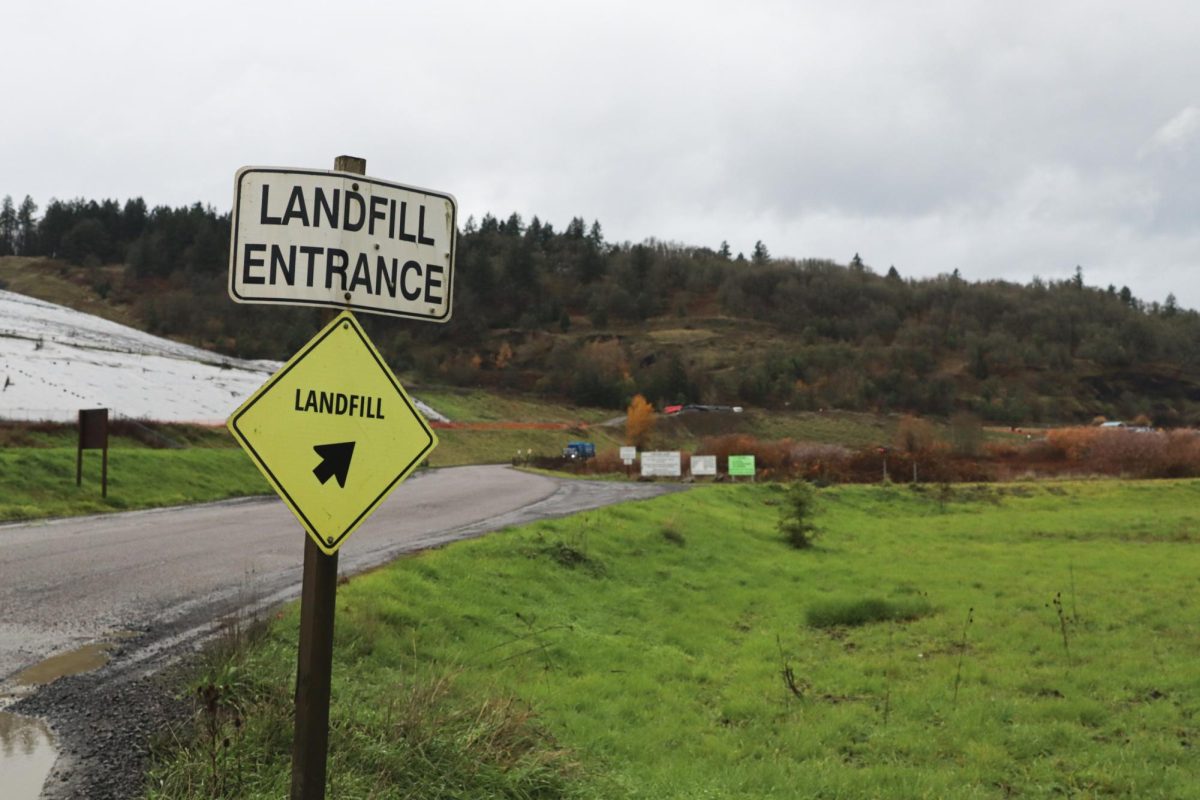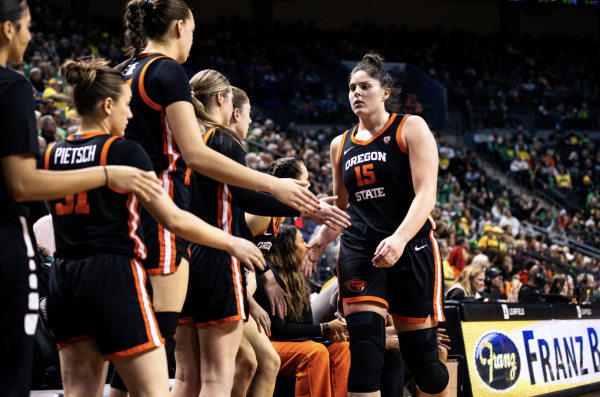OSU helps students save, back-up, protect information
April 1, 2016
Imagine that you are working to meet a midnight paper submission deadline.
Some days of research and writing put you in a strong position and this evening you are revising your introduction to say what you ended up writing instead of what you first intended.
Suddenly your computer freezes. Reboots don’t help. The Engineering major down the hall can’t help. Midnight passes helpless. The next day the repair specialist tells you that a wicked virus trashed your machine and only a total reformatting of the hard drive will save it. It is expensive.
Even worse, all of your data including your paper, drafts, research and earlier works are just plain gone.
This heartbreak is a genuine possibility, but the odds against it can be radically shifted in your favor.
To understand how we may ward ourselves against digital catastrophe at OSU I spoke with Lois Brooks, Vice-Provost of Information Services (IS), and Dave Nevin, Chief Information Security Officer.
These guardians of our networked community had two salient calls to action for you: be aware and compute safely.
Being aware means paying attention to the daily changes in our network ecosystem in order to take appropriate action.
For example, are you aware that this week OSU Information Services is recommending an Apple computer patch and device update in order to address new security risks to the Apple OS?
If you are not aware of this current threat, then you are not network secure, no matter what operating system you use.
Nevin is blunt about the risks to the inattentive:
“OSU is subject to 16 million hostile network attacks every day of the year. The hostile attacks are from criminal organizations seeking personal information and intellectual property. OSU can prevail against this assault only if students, faculty and other members contribute by safeguarding their computers and devices against the hostile hackers.”
I was like, “Did I hear that right? 16 million attacks per day? Why would anyone even do that?”
The answer is that your Social Security number and other personal information is stored digitally at OSU, which criminal hackers can immediately sell it to high-end information identity thieves.
Nevin observes: “It’s tough. We’re out-numbered. The people we’re fighting against to protect that information are smart, and have a lot of resources available to them. But we have smart people too, and we’re working together to do everything we can to prevent that from happening.”
Brooks is OSU’s chief information officer and is ultimately responsible for the University’s information technology (IT) policy and budget.
She explained to me in detail the delicate balance between security, safety and privacy at the large scale of the university enterprise.
“All OSU members participate in a social compact with one another to ensure a secure community of trust and shared resources. It requires that every individual take personal responsibility to meet that overall aim.”
Do your part by keeping all of your devices fully patched using current anti-virus and anti-malware available to you for free from Information Services.
Sometimes safety goes beyond network hacks and enters the realm of physical threat.
Brooks and Nevin affirm that OSU cooperates with law enforcement to protect public safety.
On occasion this involves accessing information from the accounts of individuals.
Brooks emphasizes how extraordinary such instances are; “Even though we need to be able to respond when there is a problem, we at OSU go out of our way to not look at people’s data unless necessary.”
Ours is a culture of respect and I speak from experience to vouch for the integrity of our university leadership in upholding these values.
For you, dear reader, there follows from this balance of privacy and safety a principle based in the wisdom of discretion.
That is: do not use OSU network resources to post information that potentially puts you and others at risk.
Create your own balance of safety and privacy by keeping your machines full patched against hacking and by maintaining intellectually responsible content.
This is what it means on Overheard at OSU when someone posts: “Keep it classy Beavers.”
Here are two simple steps that you can take to do your part in upholding safety and respect at OSU.
Build your expertise about the OSU’s security ecosystem at “Be Aware!”:
is.oregonstate.edu/accounts-support/be-aware.
Turn your computer and devices into a personal anti-hacking fortress by installing the free and essential software at:
oregonstate.edu/helpdocs/security-and-tuning/computer-viruses/antivirus.
Nevin invites all OSU members to contact him about network security and privacy issues: [email protected].
Brooks has an open door policy concerning all OSU IT matters: [email protected].
You can always write to me about anything.
I promise to make sure that your comments get to the appropriate people and I will write you back.
Have a great start to Spring term, invest some time in your network awareness and safety, and keep it classy Beavers.
The opinions expressed in Dorbolo’s column do not necessarily represent those of The Daily Barometer staff.
Dr. Tech’s blog: Jondorbolo.com

























































































































